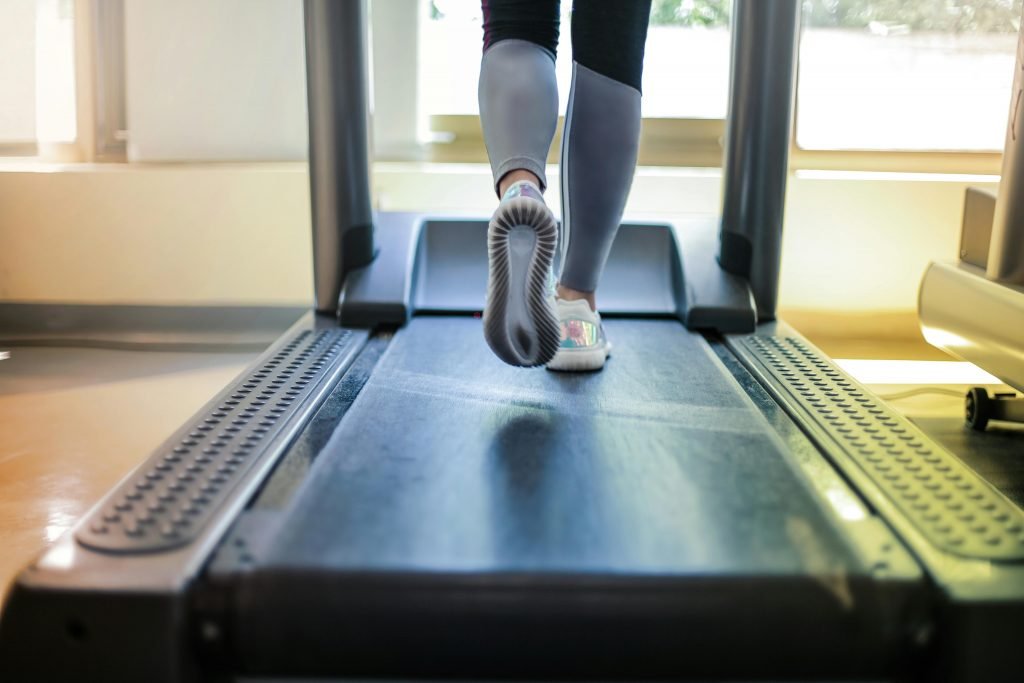Understanding the Role of Exercise in Management
While it may seem counterintuitive, exercise for POTS management and physical conditioning habits can play a powerful role in improving symptoms of POTS. Postural Orthostatic Tachycardia Syndrome (POTS) is a form of dysautonomia that affects circulation (blood flow). Building tolerance to activity through a carefully structured program helps patients regain function and reduce episodes of orthostatic intolerance.
When appropriately designed, a physical conditioning program doesn’t just help with strength and stamina. It also aids in autonomic nervous system regulation, improves venous return, and helps stabilize blood pressure and heart rate.
How many glasses of water or fluids do you drink daily?
Why Exercise is Challenging for People with POTS
For individuals with POTS, especially in the early stages of diagnosis or symptom flares, physical activity can be difficult. Simple actions like standing or walking can cause rapid heartbeat, dizziness, fatigue, or even fainting. This makes traditional forms of exercise feel out of reach. However, when approached with caution and patience, movement can be transformed from a symptom trigger into a tool for recovery.
Evidence-Based Benefits of Exercise for POTS Patients
Numerous studies show that graded physical conditioning improves symptoms of POTS. Programs like those developed at Vanderbilt University Medical Center and by the Children’s Hospital of Philadelphia focus on slowly increasing cardiovascular activity, especially using recumbent or horizontal positions at the beginning.
Benefits Include:
- Improved blood volume and cardiac output
- Lower resting heart rate
- Enhanced autonomic stability
- Reduced fatigue and brain fog
- Greater tolerance for daily activities
Key Principles for Exercise And Physical Conditioning Habits
The cornerstone of safe and effective exercise with POTS is a gradual, consistent approach. Key principles include:
Start Slow and Low
Use recumbent exercises like rowing machines, swimming, or stationary bikes with a backrest. This position reduces blood pooling and orthostatic stress.
Frequency Over Intensity
Start with short sessions (5–10 minutes) several times per week. Slowly increase duration before increasing intensity.
Monitor Heart Rate
Use a heart rate monitor to ensure you stay within a safe target zone. Some practitioners recommend the “Karvonen formula” to calculate your POTS-adjusted max heart rate.
Hydrate and Salt Load
Ensure proper hydration and electrolyte balance before and after activity. Increased salt intake helps expand blood volume, improving circulation and tolerance.

GnarlyTree | CONNECTED CONDITIONS
What is a Vestibular Migraine | POTS Connections
What is a Vestibular Migraine? Understanding how vestibular migraine and POTS are connected can be life-changing for individuals dealing with unexplained dizziness, brain fog, vertigo, and autonomic imbalance. Let’s explore...
Recommended Exercise Routine for POTS Patients
Here is a general progression that can be customized based on individual tolerance and physician guidance.
Phase 1: Recumbent Training (Weeks 1–4)
- Recumbent bike: 5–10 minutes
- Rowing machine: 3–5 minutes
- Swimming or water aerobics
- Stretching or yoga on the floor
Phase 2: Transitional Training (Weeks 5–8)
- Increase recumbent cardio to 20–30 minutes
- Begin upright exercises slowly (marching in place, walking indoors)
- Add light resistance training (resistance bands, body weight)
Phase 3: Upright Conditioning (Weeks 9+)
- Treadmill walking
- Elliptical machine
- Strength training with light weights
- Standing yoga or tai chi
Common Challenges and How to Overcome Them
Exercise Intolerance
If symptoms worsen during or after exercise, reduce duration or intensity. Always consult your healthcare provider when adjusting your plan.
Fatigue and PEM (Post-Exertional Malaise)
Those with overlapping conditions like ME/CFS should avoid overexertion and stick to pacing strategies. Use energy envelopes and listen to your body.
Motivation and Mental Barriers
Dealing with chronic illness often comes with mental health challenges. Joining online support groups, tracking progress in a journal, and setting micro-goals can help sustain motivation.
Combining Exercise with Other Lifestyle Strategies
Integrating exercise with other lifestyle habits boosts overall improvement. Consider:
- Compression garments to support circulation
- Anti-inflammatory diet to reduce flares
- Structured sleep hygiene routines
- Mindfulness or breathing exercises for autonomic support
When to Seek Professional Support
Consulting a physical therapist familiar with POTS or autonomic disorders can make all the difference. A customized, supervised plan ensures safety and progress.
Specialized programs like cardiac rehab or autonomic clinics may offer supervised exercise regimens tailored to POTS patients.
💪 FAQ: Exercise and POTS Management
1. Can people with POTS really benefit from exercise?
Yes—when done gradually and safely, exercise can improve blood flow, heart rate regulation, and overall symptom control in POTS.
2. Why is traditional exercise difficult for people with POTS?
Standing and upright activity often trigger symptoms like dizziness and rapid heartbeat, making conventional workouts hard without modifications.
3. What kind of exercise is safest to start with?
Recumbent exercises like rowing, recumbent biking, and swimming are best early on, as they reduce blood pooling and orthostatic stress.
4. How should someone with POTS structure their exercise routine?
Begin with short, low-intensity sessions and slowly increase duration before adding intensity, ideally over a 3-phase progression.
5. Should people with POTS track their heart rate during workouts?
Yes, monitoring heart rate helps avoid overexertion and keeps exercise within a safe range; using formulas like Karvonen can guide targets.
6. How do hydration and salt affect exercise tolerance in POTS?
Proper hydration and increased sodium intake before and after exercise improve blood volume and reduce symptom flares.
7. What if symptoms worsen after working out?
Dial back intensity or duration, rest, and adjust your routine with guidance from a healthcare provider or POTS-informed physical therapist.
8. Is it okay to exercise with overlapping conditions like ME/CFS?
Yes, but pacing is critical—avoid pushing through fatigue and respect your energy limits to prevent post-exertional malaise.
9. How can someone stay motivated to exercise with chronic symptoms?
Use support groups, track small wins in a journal, and set micro-goals to stay consistent and celebrate progress.
10. When should someone seek professional help for exercise planning?
If symptoms are complex or persistent, working with a physical therapist or joining a POTS-aware cardiac rehab program ensures safe progress.
Conclusion: Building Strength, Stability, and Confidence
Exercise for POTS management and physical conditioning habits are a vital part of managing POTS symptoms. While the road to building tolerance may be slow, it is often incredibly rewarding. A carefully designed routine improves cardiovascular health, enhances quality of life, and empowers individuals with POTS to regain their independence and confidence.
With the right knowledge, tools, and support, movement can become medicine—even for those with a condition that once made standing a challenge.

GnarlyTree | DIAGNOSTIC TESTS & CARE
Heart Rate Variability Testing for POTS
What Is Heart Rate Variability? Heart Rate Variability Testing for POTS is an increasingly valuable tool in the diagnostic process for individuals experiencing symptoms related to postural orthostatic tachycardia syndrome....



